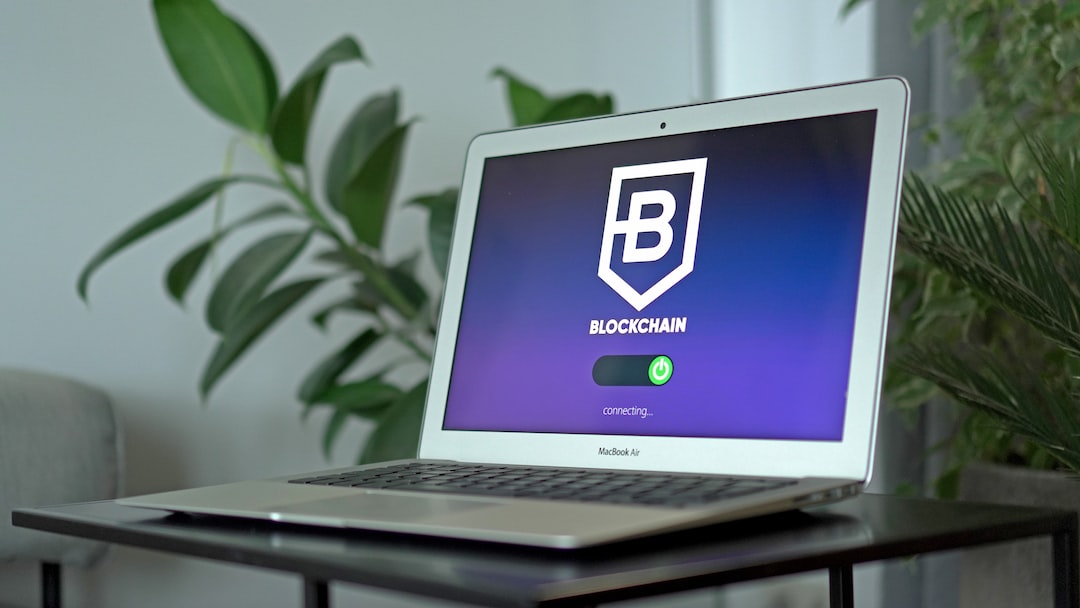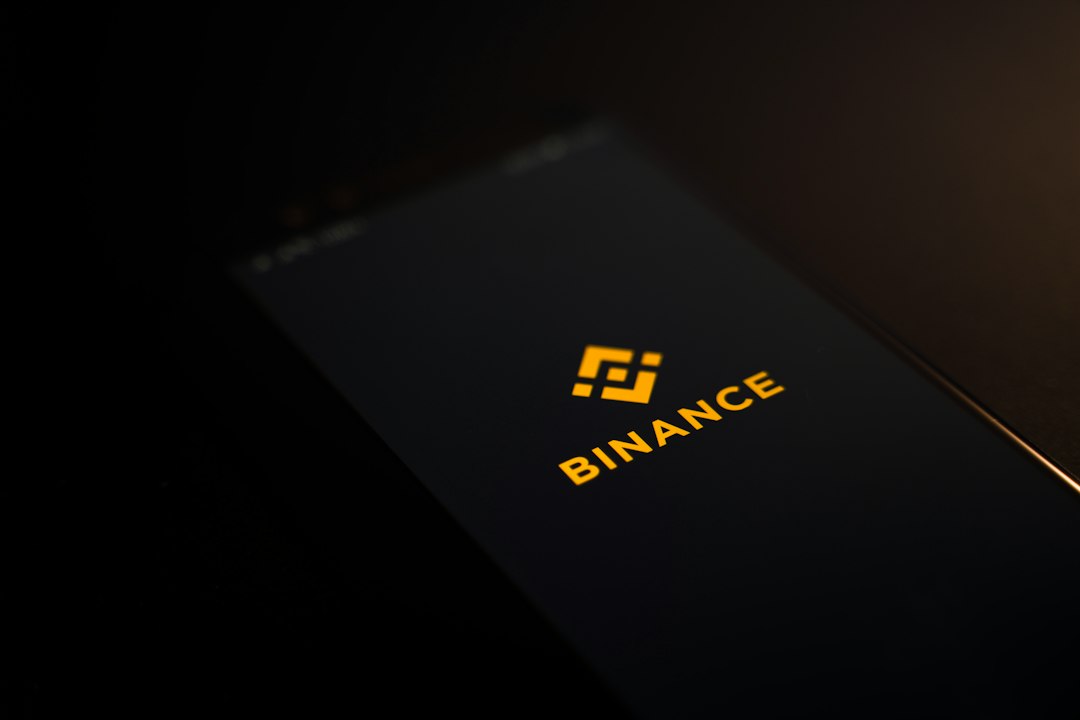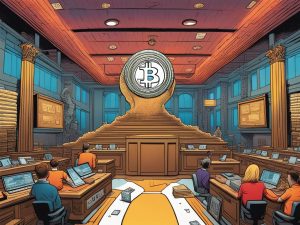Importance of Composability in the DeFi Ecosystem
In decentralized finance (DeFi), composability refers to the ability of various apps and protocols to seamlessly communicate with each other, allowing their building blocks to be combined and integrated to create new functionalities or financial services. This interoperability is similar to Lego blocks in that different protocols can be assembled and flexibly combined.
The significance of composability in the DeFi ecosystem lies in stimulating innovation by allowing developers to quickly create innovative financial products using preexisting protocols. This agility promotes innovation and the evolution of DeFi, creating a dynamic services environment.
Composability also improves efficiency and liquidity by enhancing the utility of assets across multiple applications. It makes the ecosystem more open and accessible by lowering user and developer entry barriers.
Components of Composability in DeFi
Self-executing code on the blockchain, known as smart contracts, serves as the foundation for many DeFi apps. The interactions between these contracts form the foundational layer of composability.
Interoperability and token standards also serve as the fundamental building blocks of DeFi composability. Standards such as ERC-20 and ERC-721 ensure token and protocol compatibility and interoperability, allowing tokens from various projects to be used interchangeably within the DeFi ecosystem.
Lending and borrowing protocols make up another important component of DeFi composability. These protocols, such as lending platforms and decentralized exchanges, allow users to lend, borrow or swap assets. These protocols can interact due to composability, creating functionalities like yield farming, flash loans and intricate trading strategies.
In DeFi, application program interfaces (APIs) and software development kits (SDKs) are crucial for fostering interoperability and accelerating ecosystem innovation. For instance, software systems are connected via APIs, allowing for smooth communication. They make it easier to integrate different protocols by standardizing access to various functionalities.
Additionally, SDKs facilitate developers’ work by offering prebuilt tools and resources that make software integration and creation easier. Essential modules such as wallet integrations and smart contract interactions are available in these kits.
The synergy between these components allows protocols to be combined and stacked to generate innovative financial products and services. This modular design fosters continuous innovation and amplifies the utility and efficiency of the DeFi space by enabling the seamless integration of diverse applications and functionalities.
Composability vs. Interoperability
As mentioned earlier, composability describes the capacity of various smart contracts or protocols to interact and connect with each other seamlessly, serving as building blocks that can be combined to create new functionalities. Conversely, interoperability refers to the ability of disparate systems or networks to cooperate and share data or resources. Interoperability is the wider compatibility and interchange between different systems or networks, whereas composability is the flexibility and combination of elements within a system.
Types of Composability in DeFi
Morphological Composability
This refers to the capacity of components or modules to join together to form more substantial structures while maintaining their unique features or functions. In the context of DeFi, this could entail integrating different protocols or smart contracts while maintaining their unique characteristics, enabling them to communicate and operate separately inside a more extensive system.
Atomic Composability
The ability of individual components or modules to operate freely and independently is referred to as atomic composability. In DeFi, every protocol or smart contract can function as a separate entity, offering a particular service or functionality that can be used alone or in combination with other protocols without impairing their integrity.
Syntactic Composability
Based on their interfaces or how they communicate, the components’ compatibility and interoperability are the main focus of syntactic composability. By following standardized interfaces or communication protocols, syntactic composability in DeFi guarantees that various protocols or modules can communicate with each other and exchange information or functionalities.
Composability in Traditional Finance vs. DeFi
Centralized structures and closed systems limit composability in traditional finance. Financial institutions have little service interoperability and operate in silos. Typically, each institution provides a limited range of goods or services that are difficult to integrate or interact with one another. Innovation is sluggish because intermediaries, proprietary systems and strict regulations are needed.
On the other hand, DeFi thrives on composability. It supports a permissionless, open-source ecosystem with modular, interoperable protocols. As building blocks, smart contracts enable smooth communication between different protocols and software.
Developers can remix and combine these protocols to produce innovative financial services quickly. This unrestricted environment encourages innovation by allowing yield farming techniques, stacking multiple protocols, and decentralized exchanges without intermediaries.
For instance, Protocol A, which offers lending services, can work together with Protocol B, which facilitates decentralized exchange and harmoniously in DeFi. Compound yields can be obtained by putting assets into Protocol A and using them in Protocol B.
Because of this interoperability, users can combine various protocols to create complex financial strategies at a faster rate of innovation. This smooth integration is the foundation of DeFi’s composability, which provides flexibility and efficiency that are difficult for traditional finance to match.
Conversely, the compounding advantages are limited when assets are borrowed from a bank because they cannot be readily utilized within the stock exchange. Compared to the interconnected nature of DeFi composability, the compartmentalized nature of traditional finance services limits their combinatory potential, limiting innovation and flexibility.
Benefits of DeFi Composability
The main benefit of composability is its ability to promote quick invention. It speeds up the development of new, complex financial products and services by enabling developers to combine existing protocols like modular building blocks. This flexibility fosters experimentation and evolution in the DeFi space by creating a dynamic landscape.
Composability also increases efficiency and liquidity by optimizing the use of assets in various applications. Idle assets are minimized, enhancing overall market efficiency. It also lowers entry barriers for users and developers, encouraging inclusivity and ecosystem participation.
By providing a multitude of interconnected services and applications under one roof, this interconnectedness enhances user experiences, which ultimately drives decentralized finance’s development and growth.
Challenges and Risks Concerned with DeFi Composability
Security flaws resulting from protocols’ interconnectedness are one primary source of concern. Interactions among protocols or smart contracts may create intricate attack surfaces that reveal weaknesses throughout the ecosystem.
Dependency risks also cover if a base protocol malfunctions or is compromised; it may set off a chain reaction that affects other protocols and user funds. Due to the dynamic nature of DeFi, regulatory and compliance issues could present legal obstacles.
Additionally, the speed at which composability fosters innovation may lead to hurriedly integrated systems or less thoroughly tested protocols, increasing the likelihood of errors, vulnerabilities or system failures.
Robust security protocols, extensive auditing, standardization initiatives and changing regulatory frameworks are needed to address the above issues and ensure the DeFi ecosystem’s security and long-term growth.
Hot Take: Composability Drives Innovation and Efficiency in DeFi
Composability plays a crucial role in the decentralized finance (DeFi) ecosystem by driving innovation and efficiency. By allowing different apps and protocols to seamlessly communicate with each other, developers can quickly create new financial products and services using preexisting building blocks. This agility promotes the evolution of DeFi and creates a dynamic environment.
Furthermore, composability improves efficiency and liquidity by optimizing the use of assets across multiple applications. It also lowers entry barriers for users and developers, fostering inclusivity and participation in the ecosystem.
However, there are challenges and risks associated with composability, such as security flaws, dependency risks, and regulatory issues. To ensure the security and long-term growth of the DeFi ecosystem, robust security protocols, auditing, standardization initiatives, and regulatory frameworks are necessary.





 By
By
 By
By
 By
By

